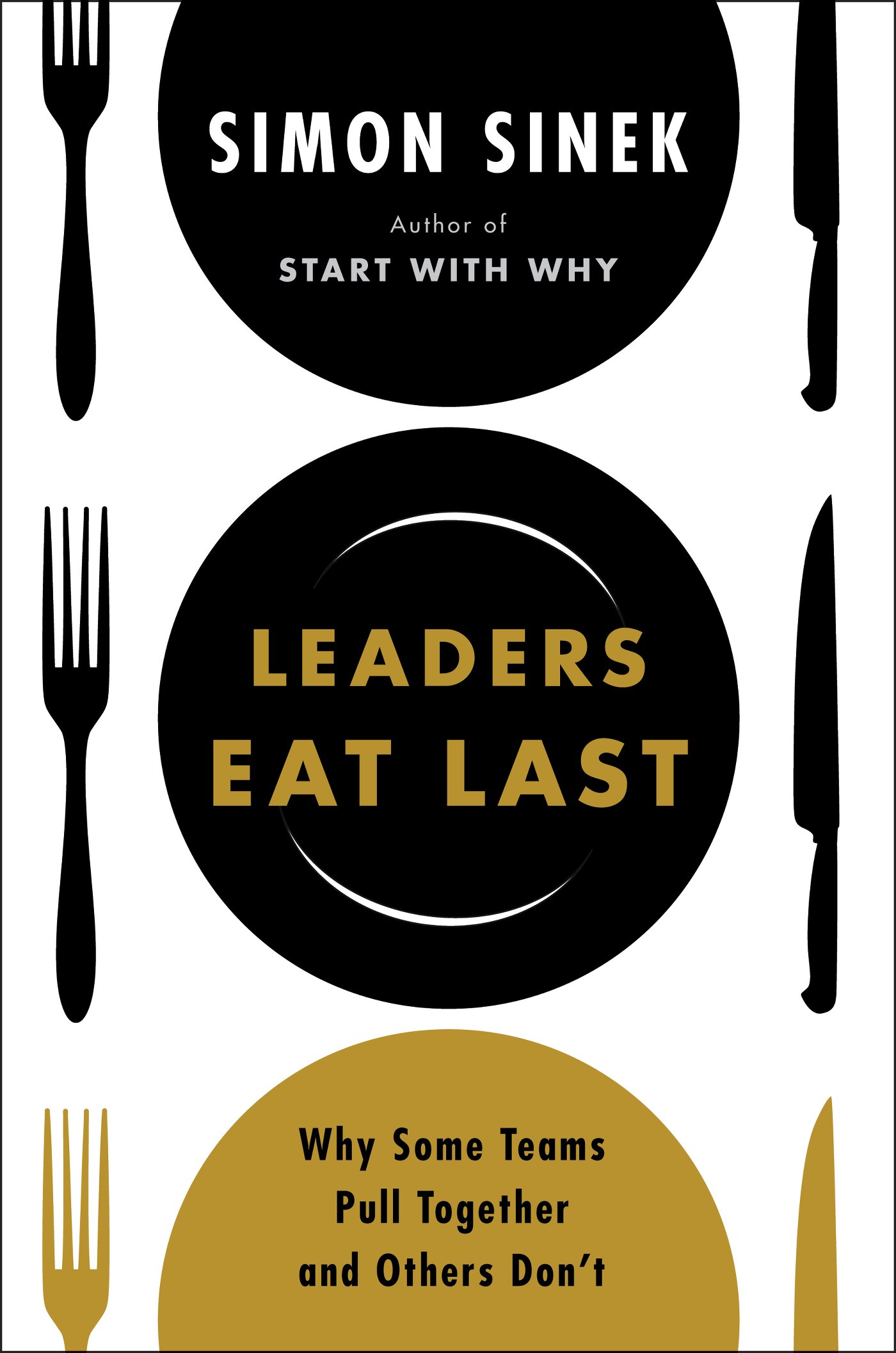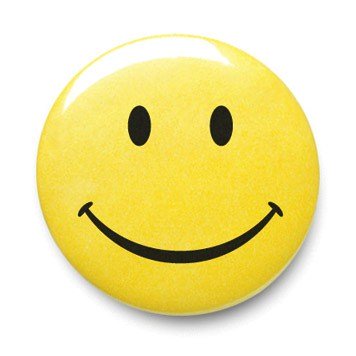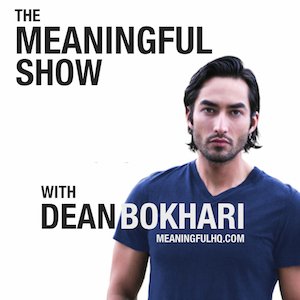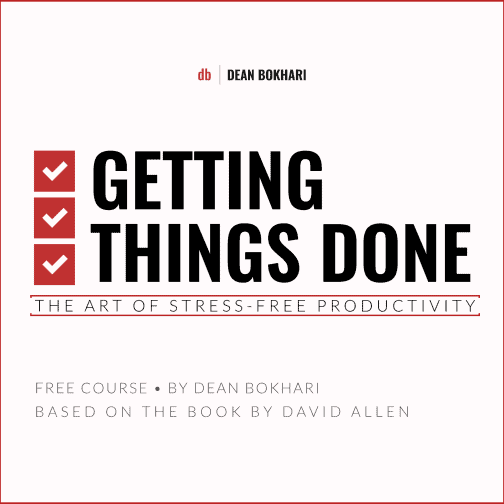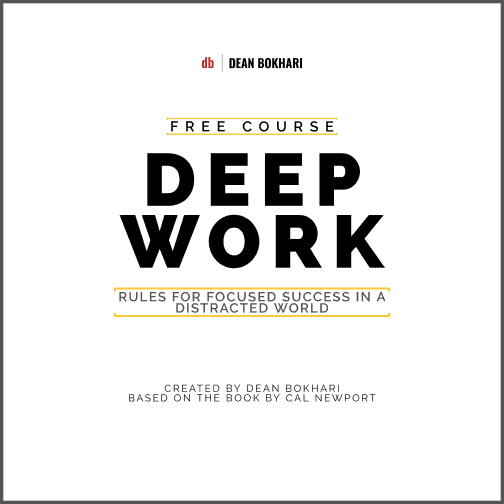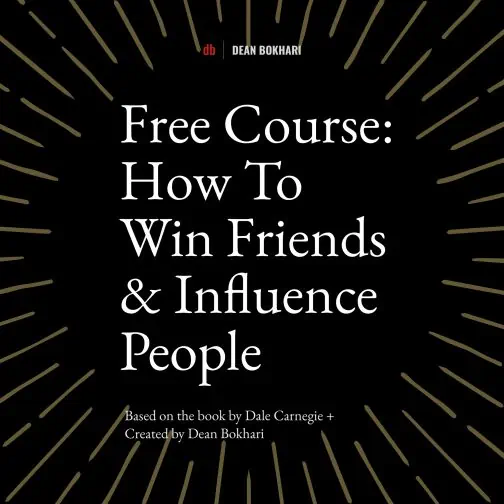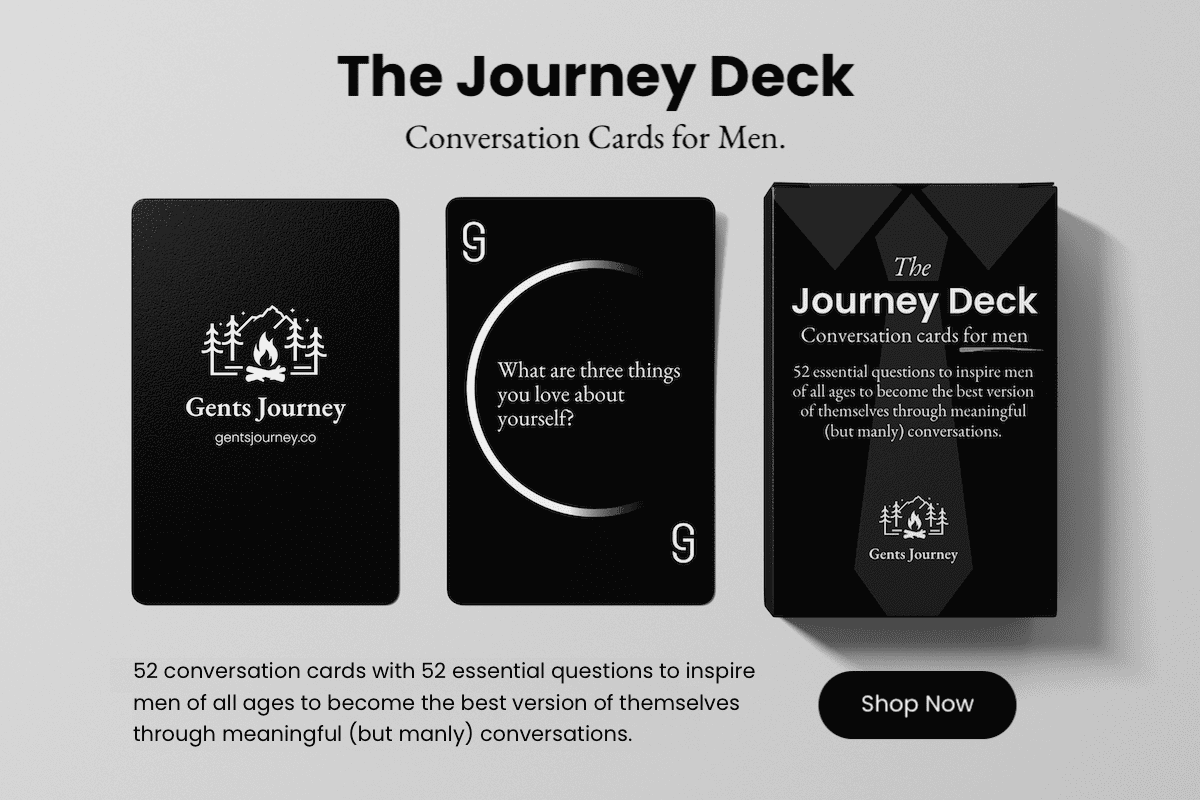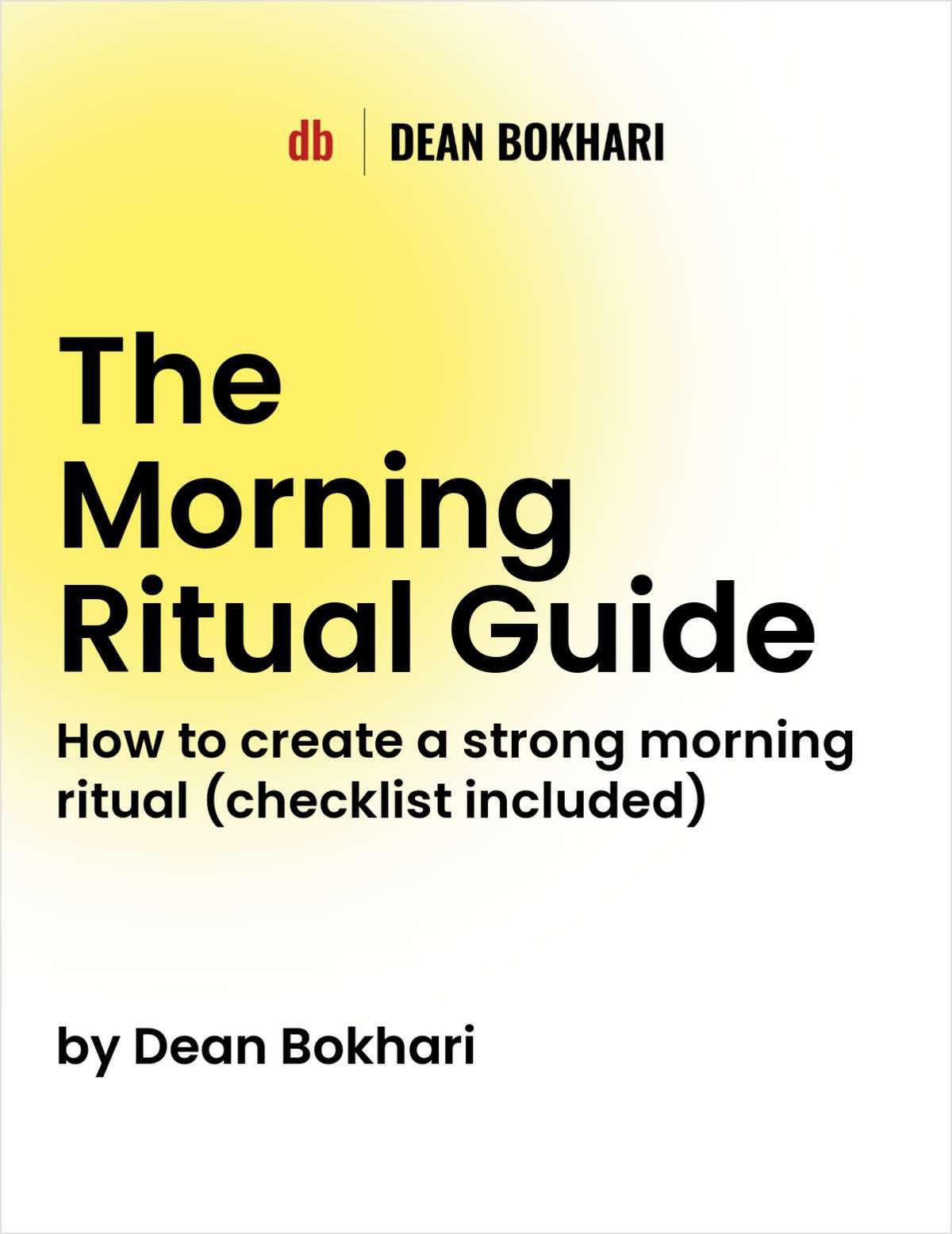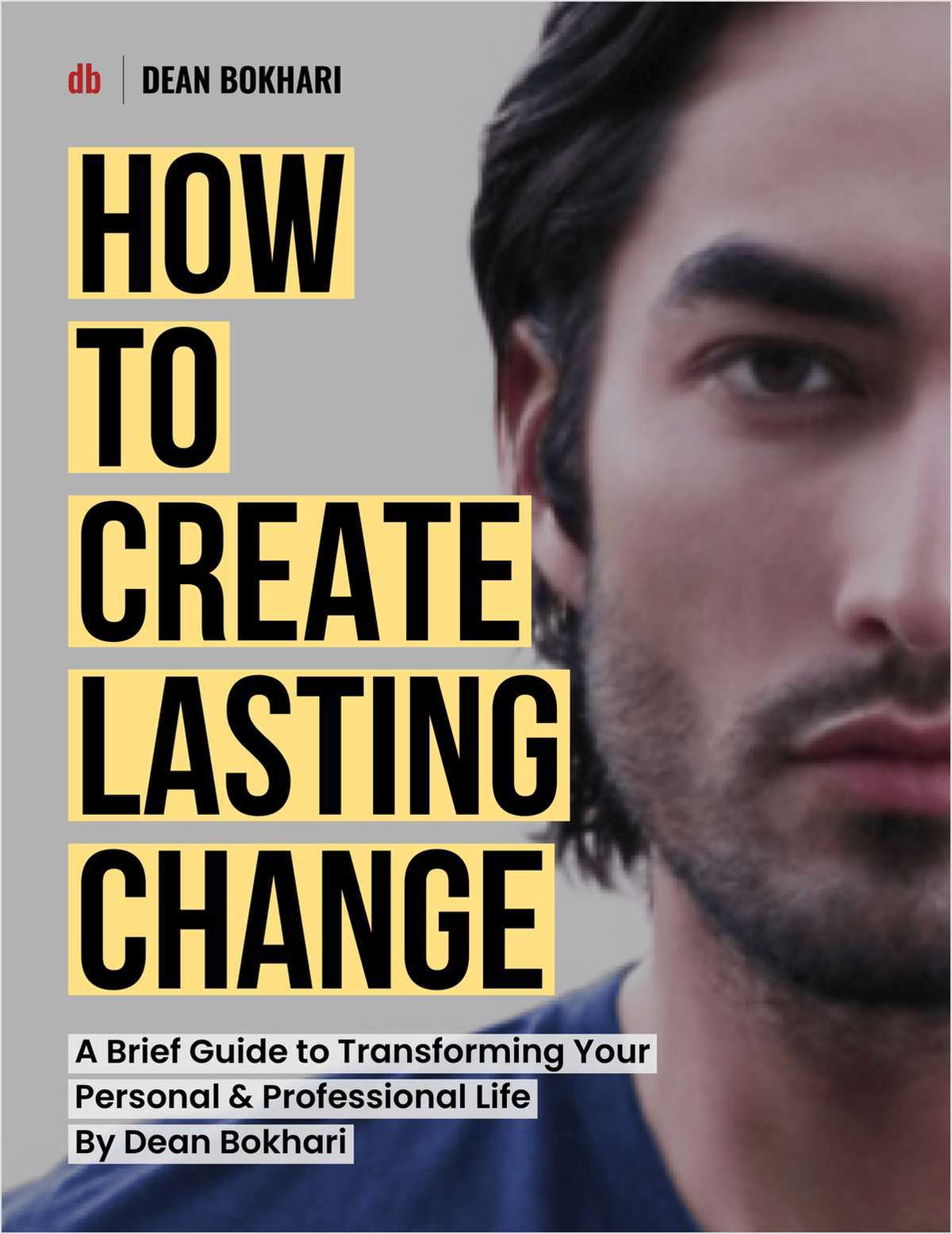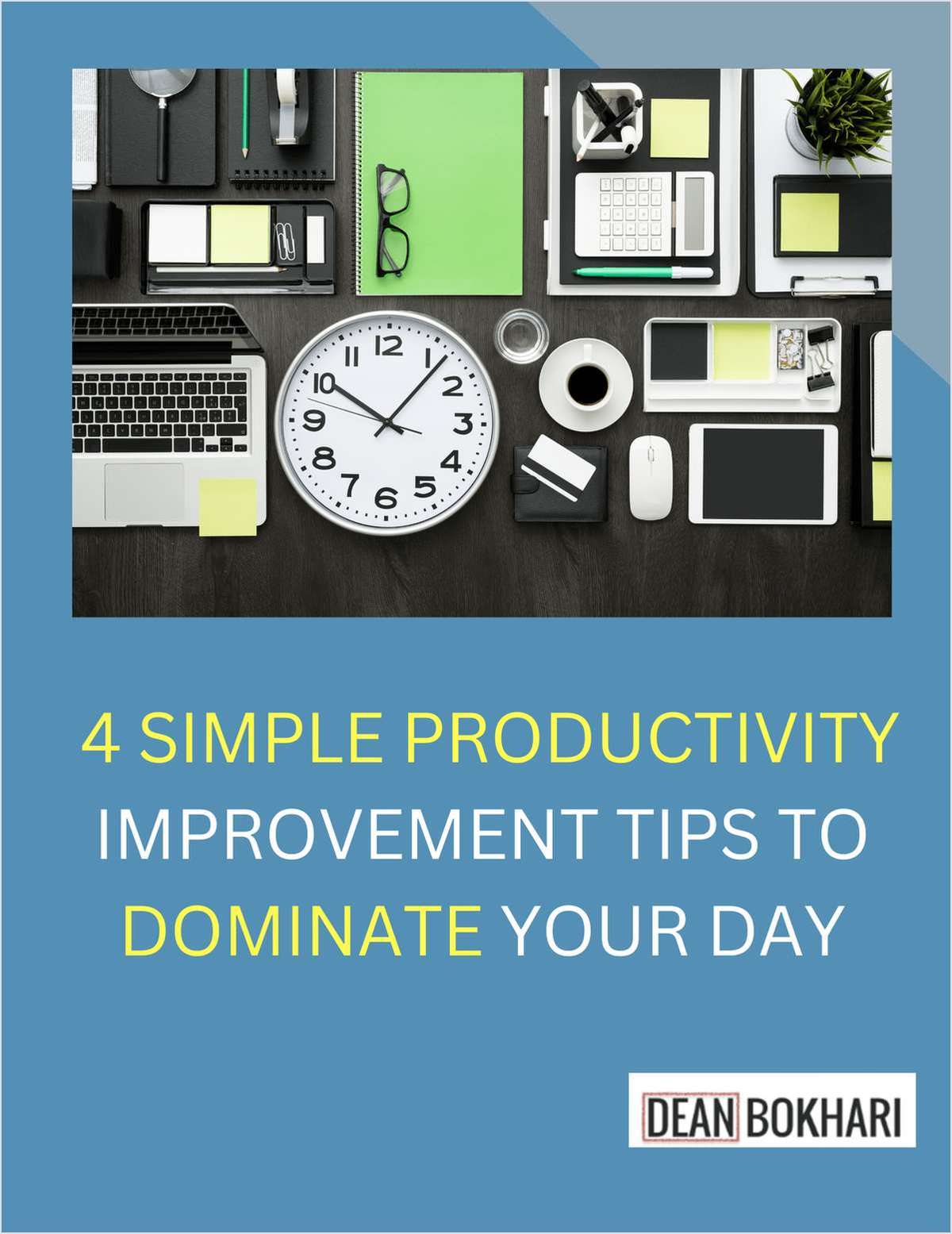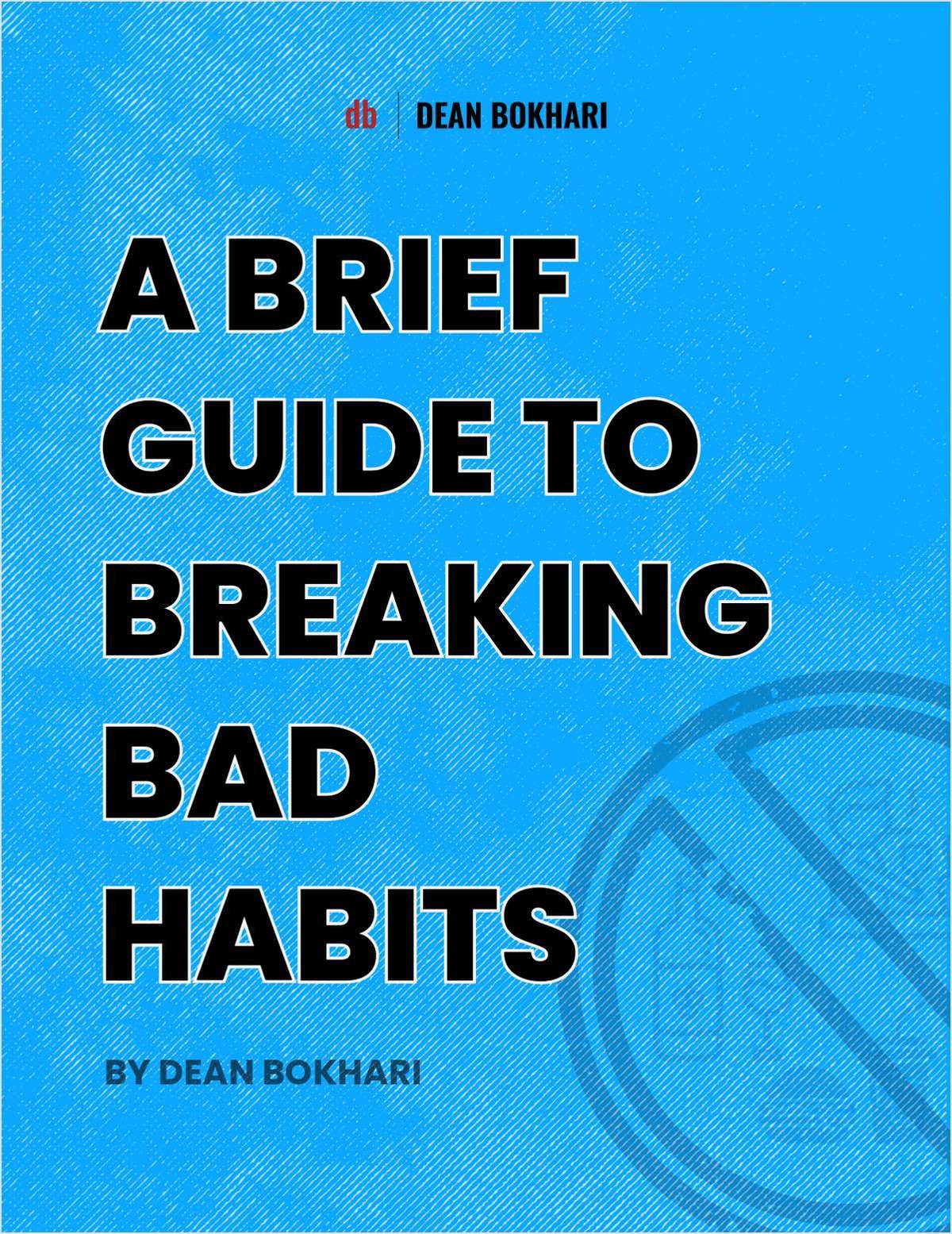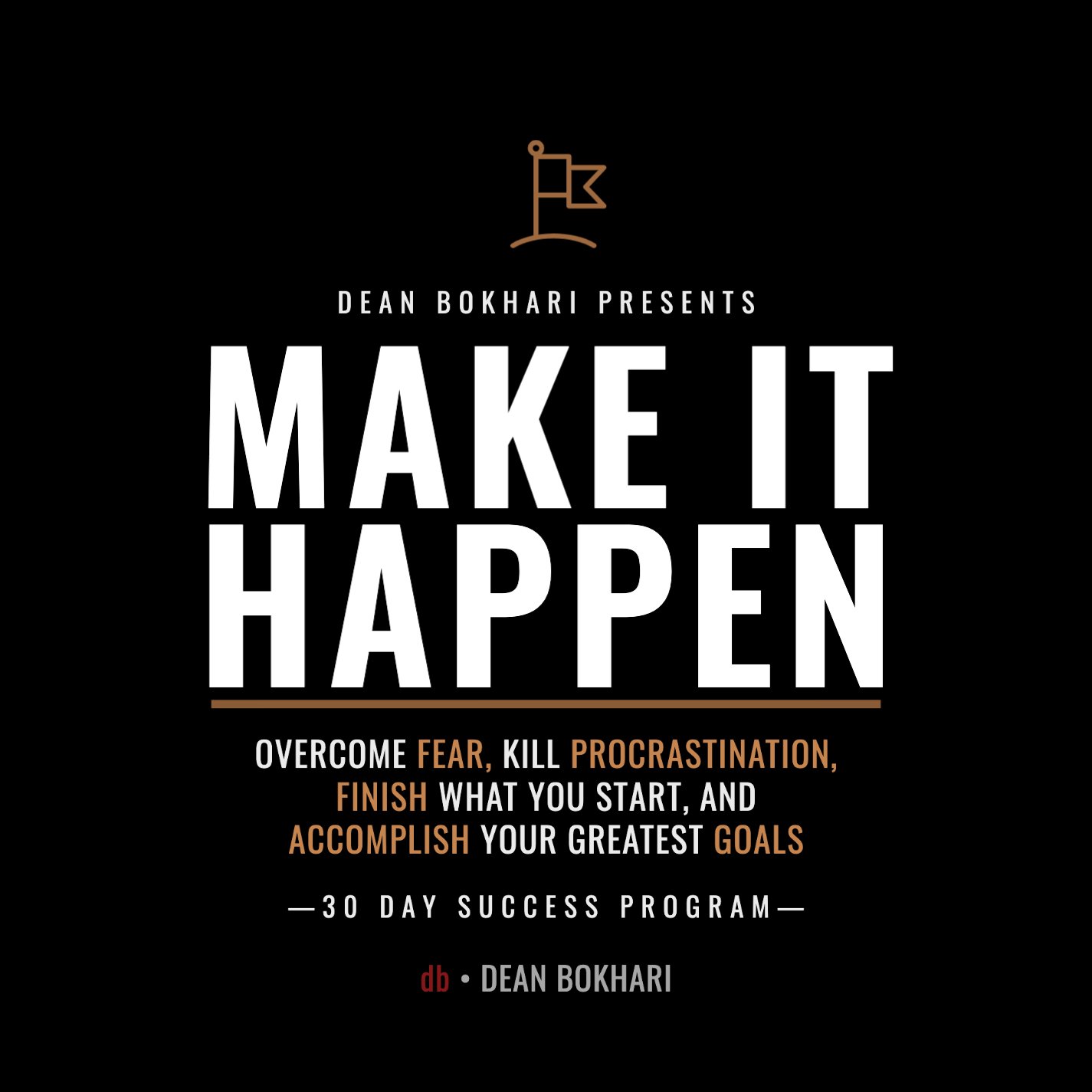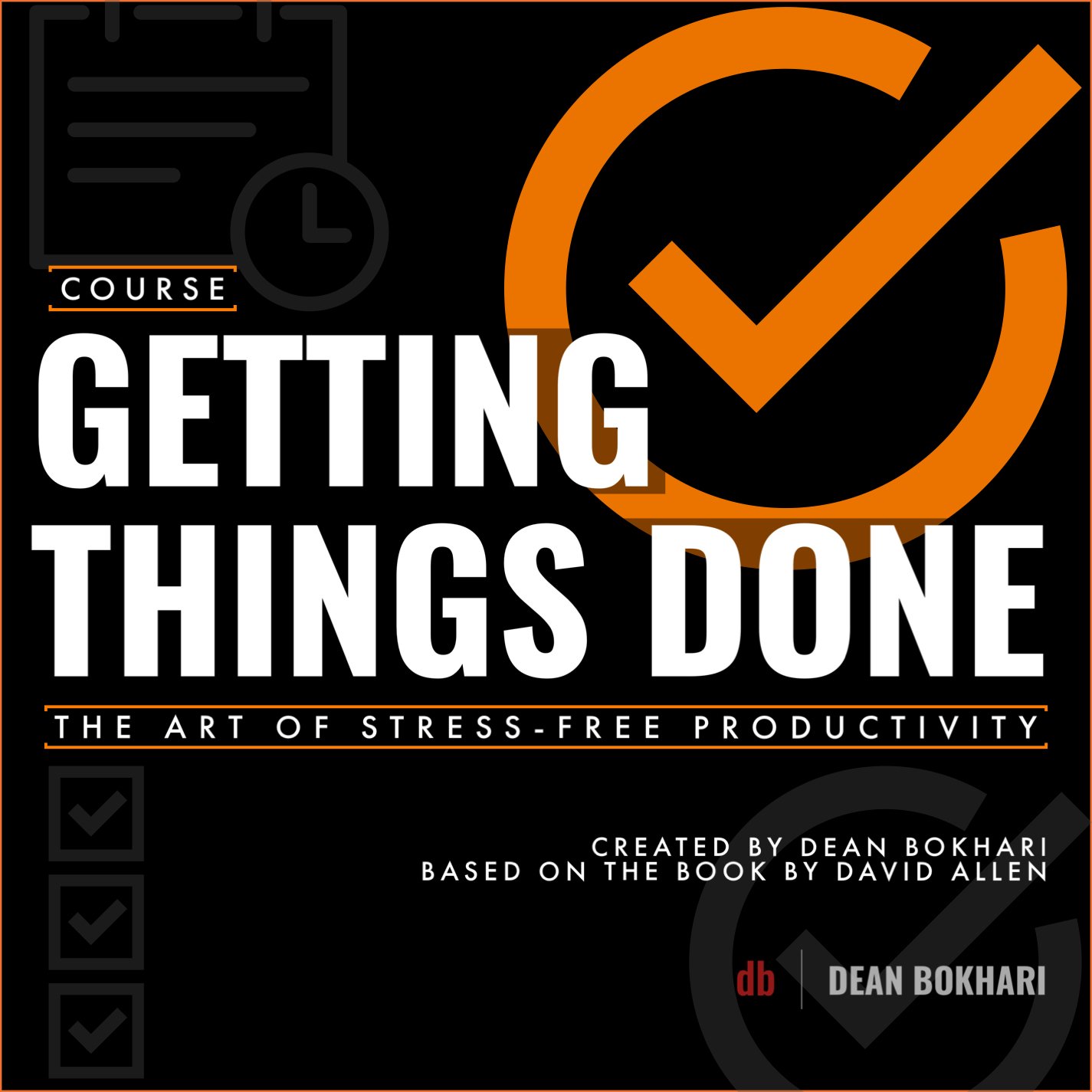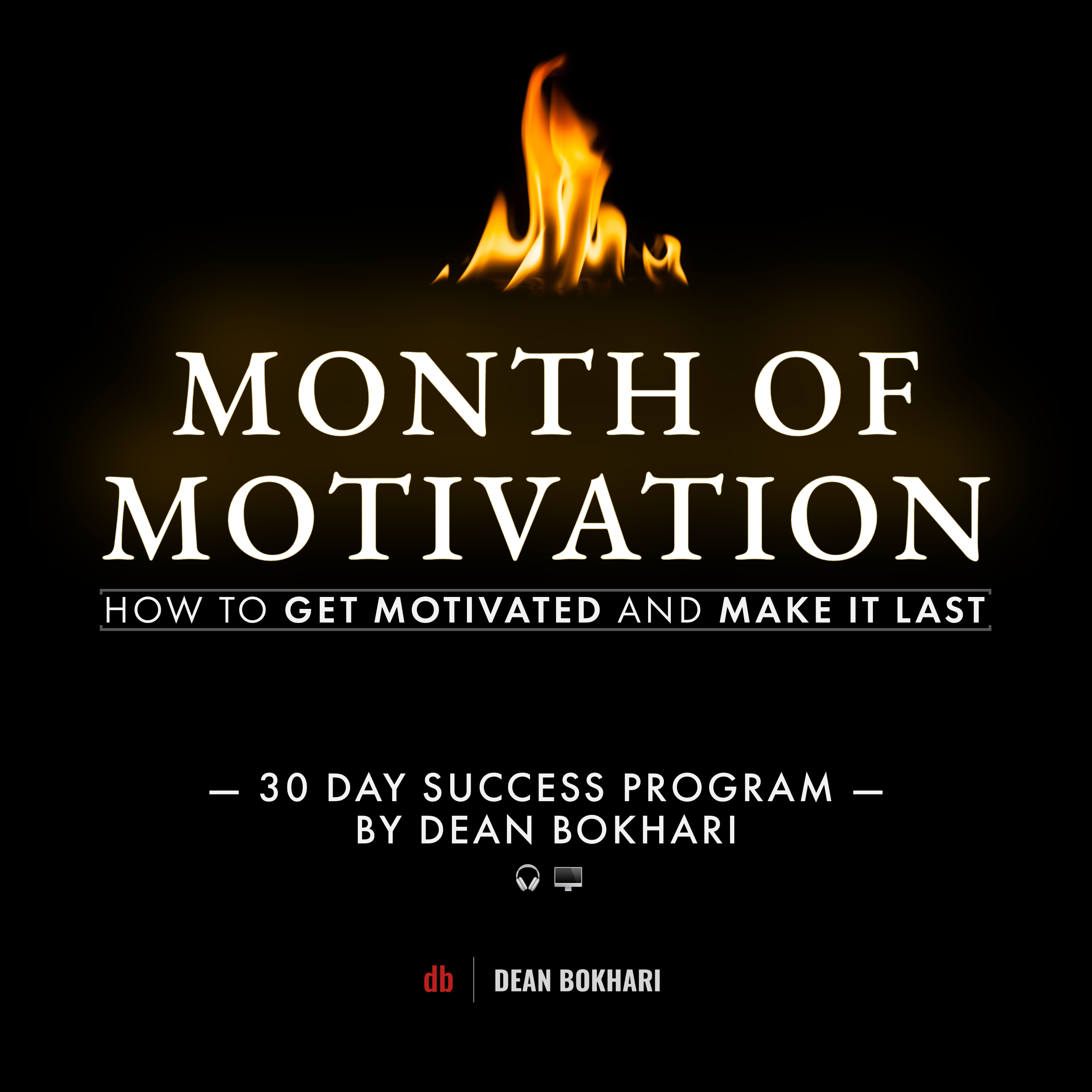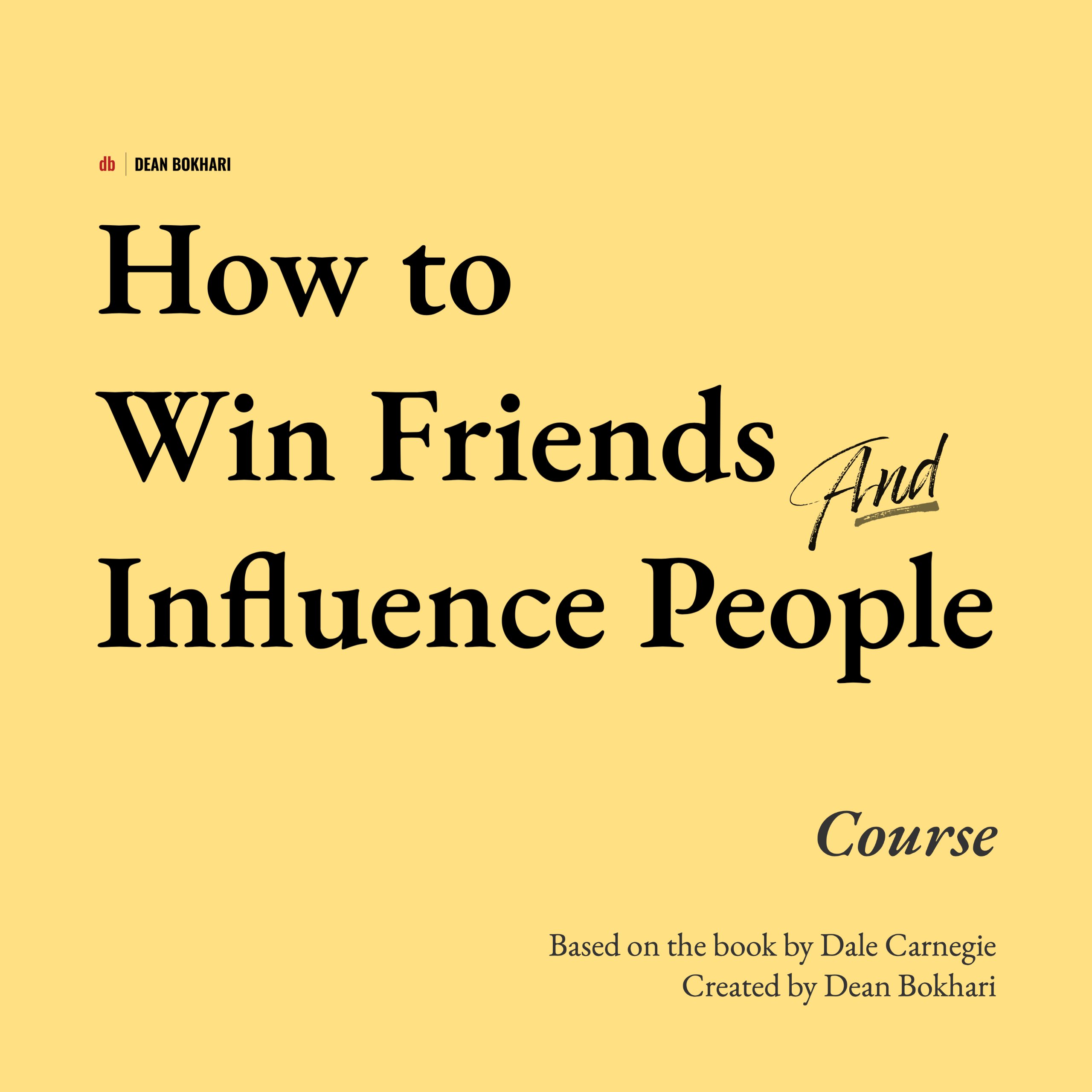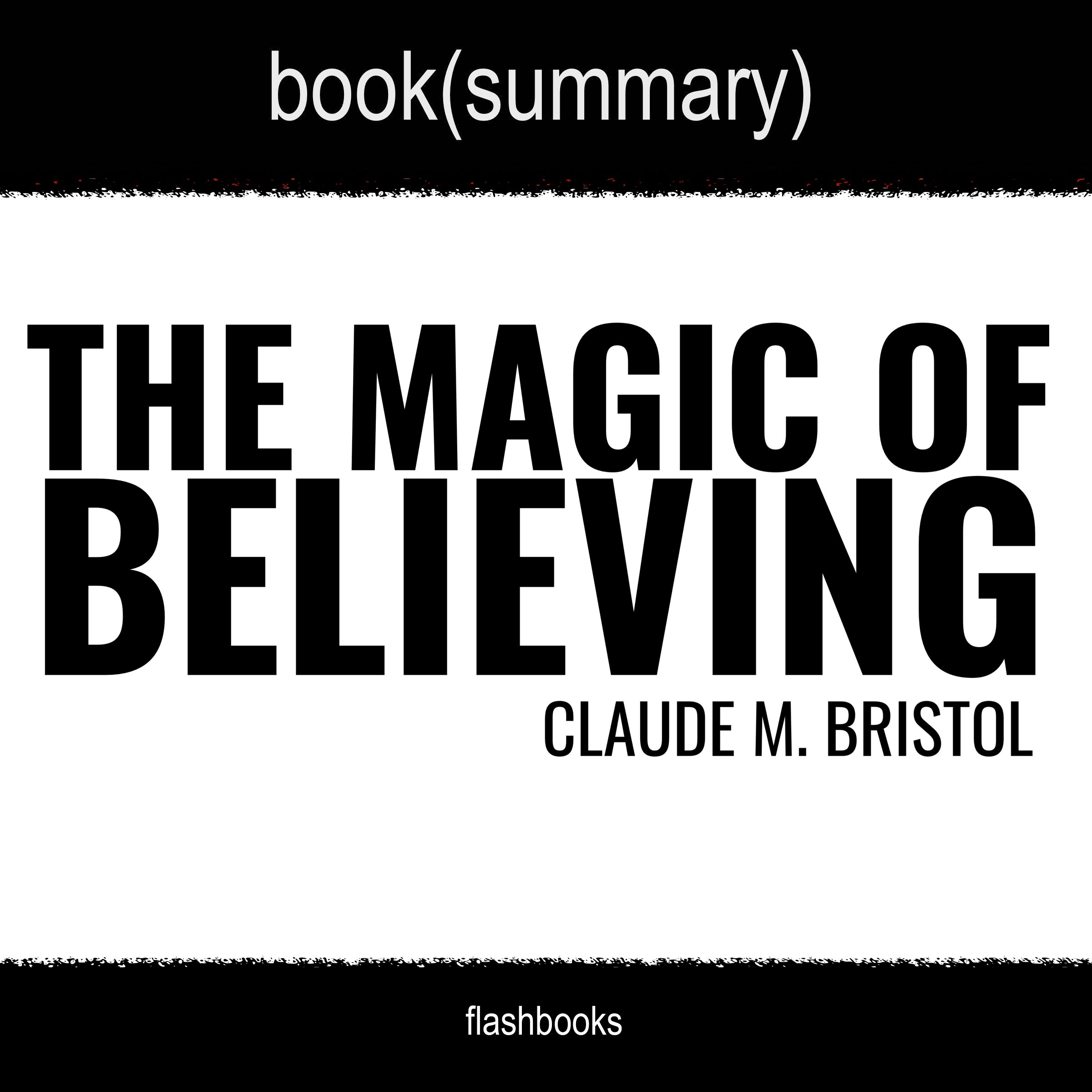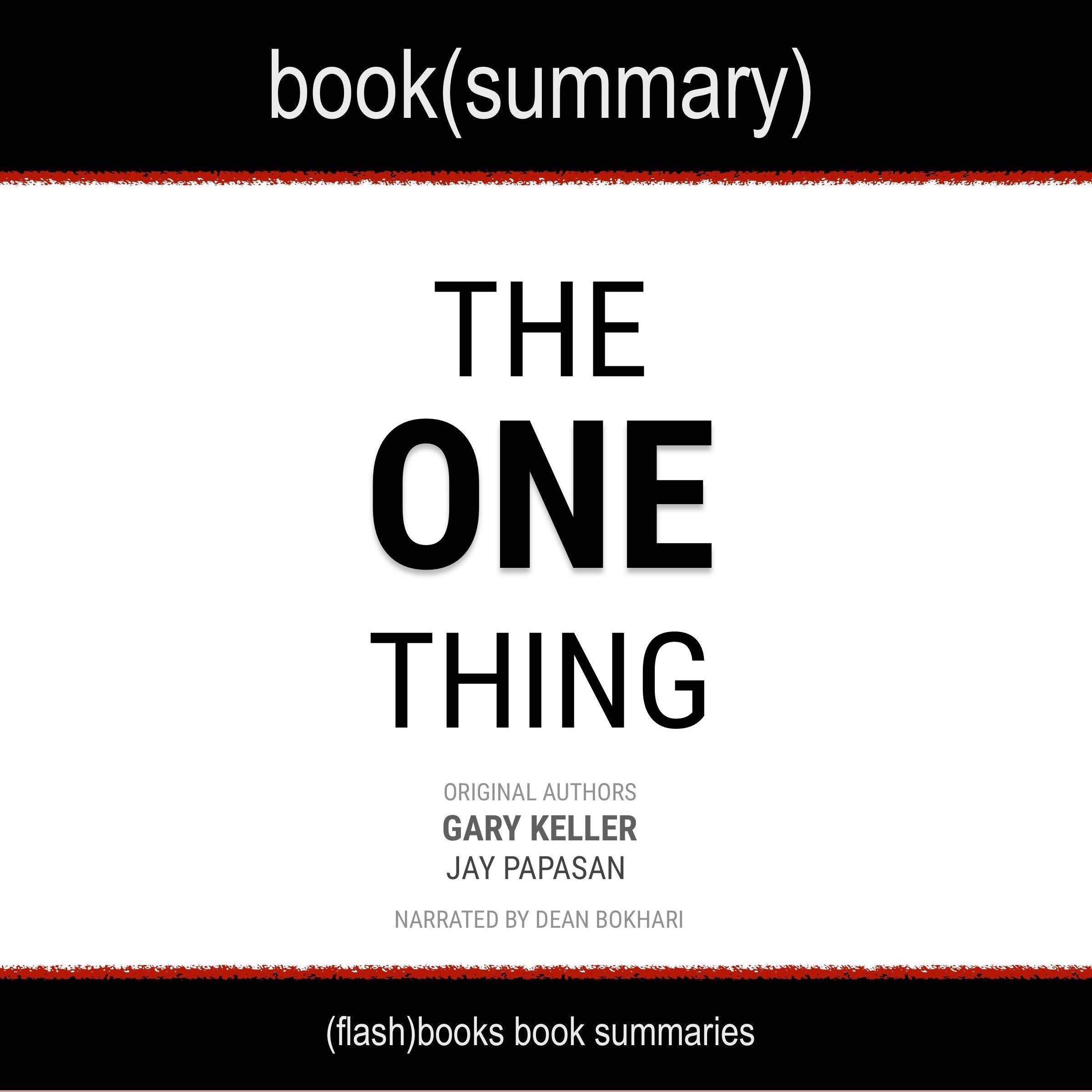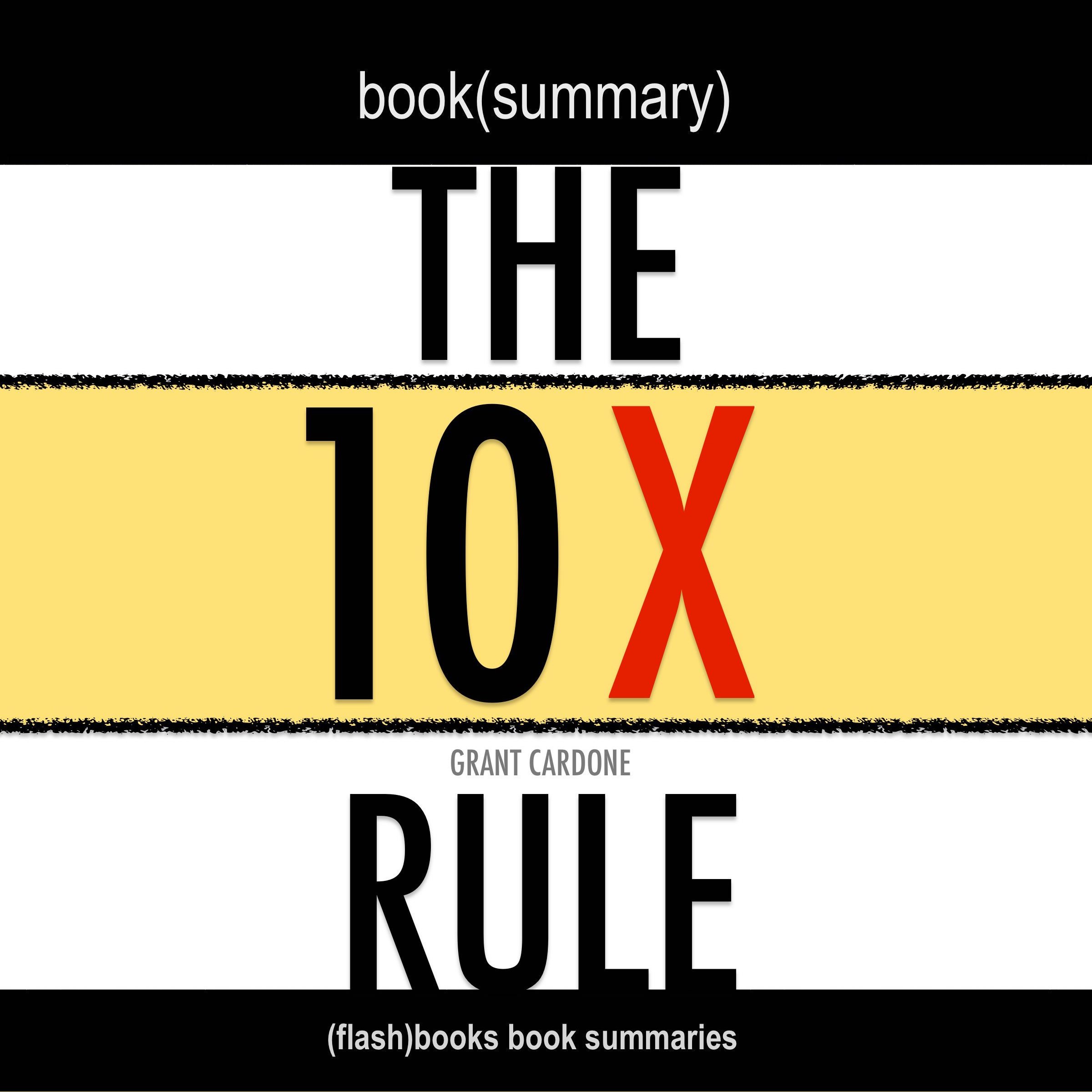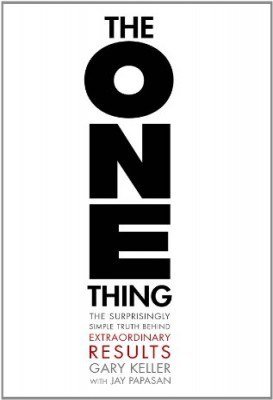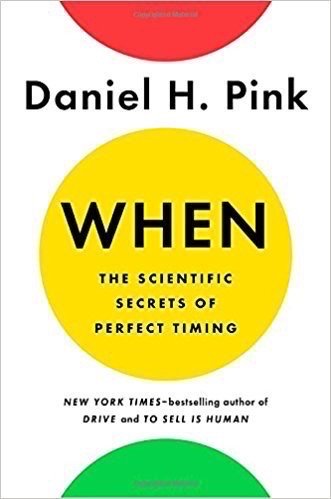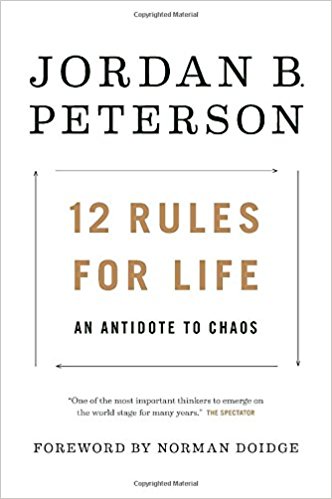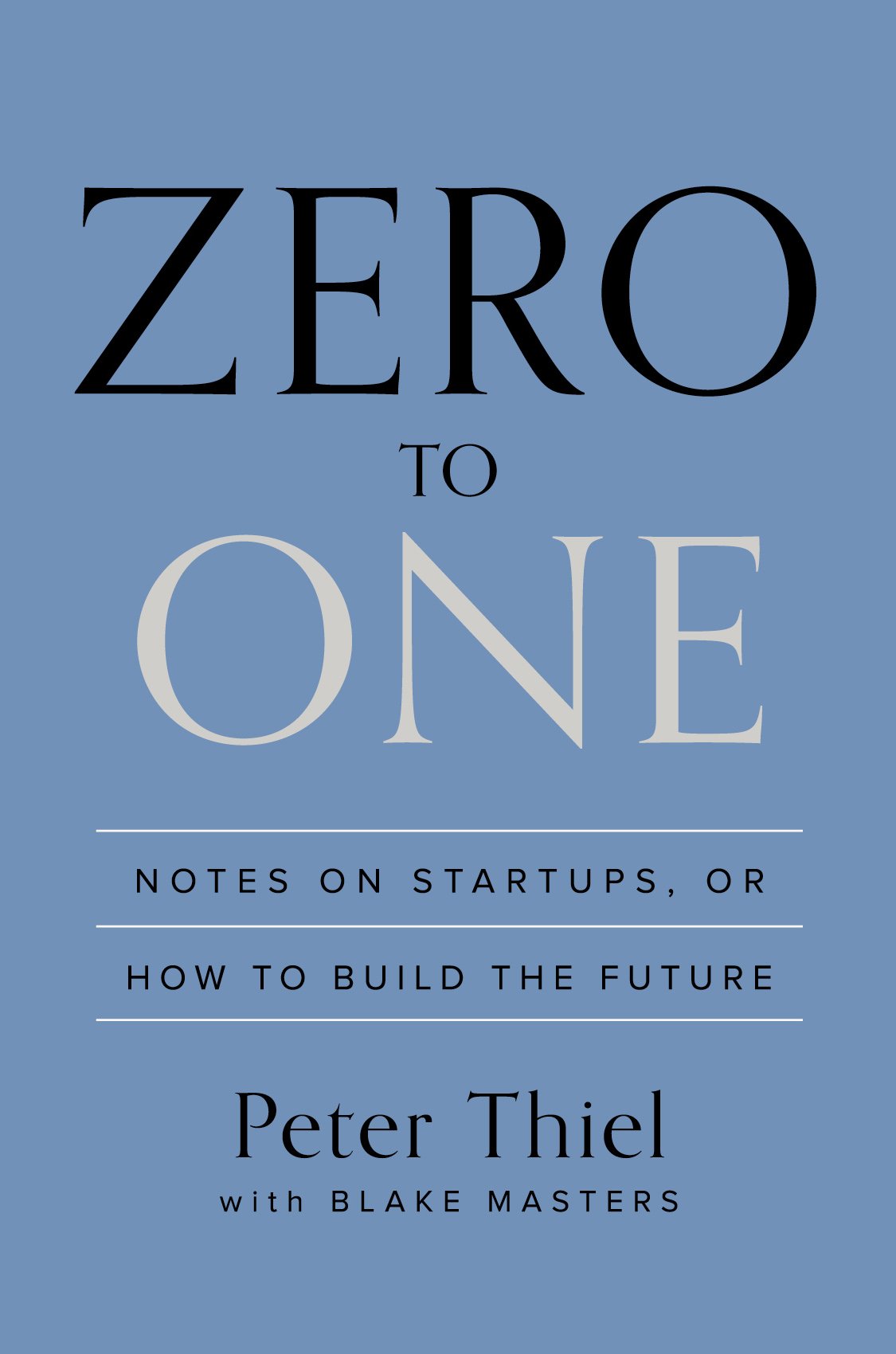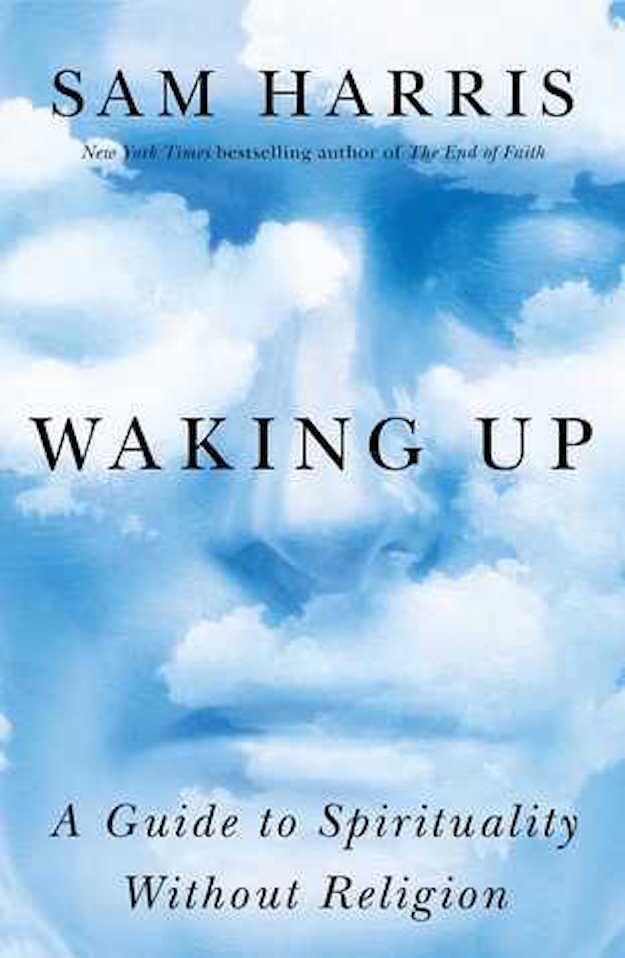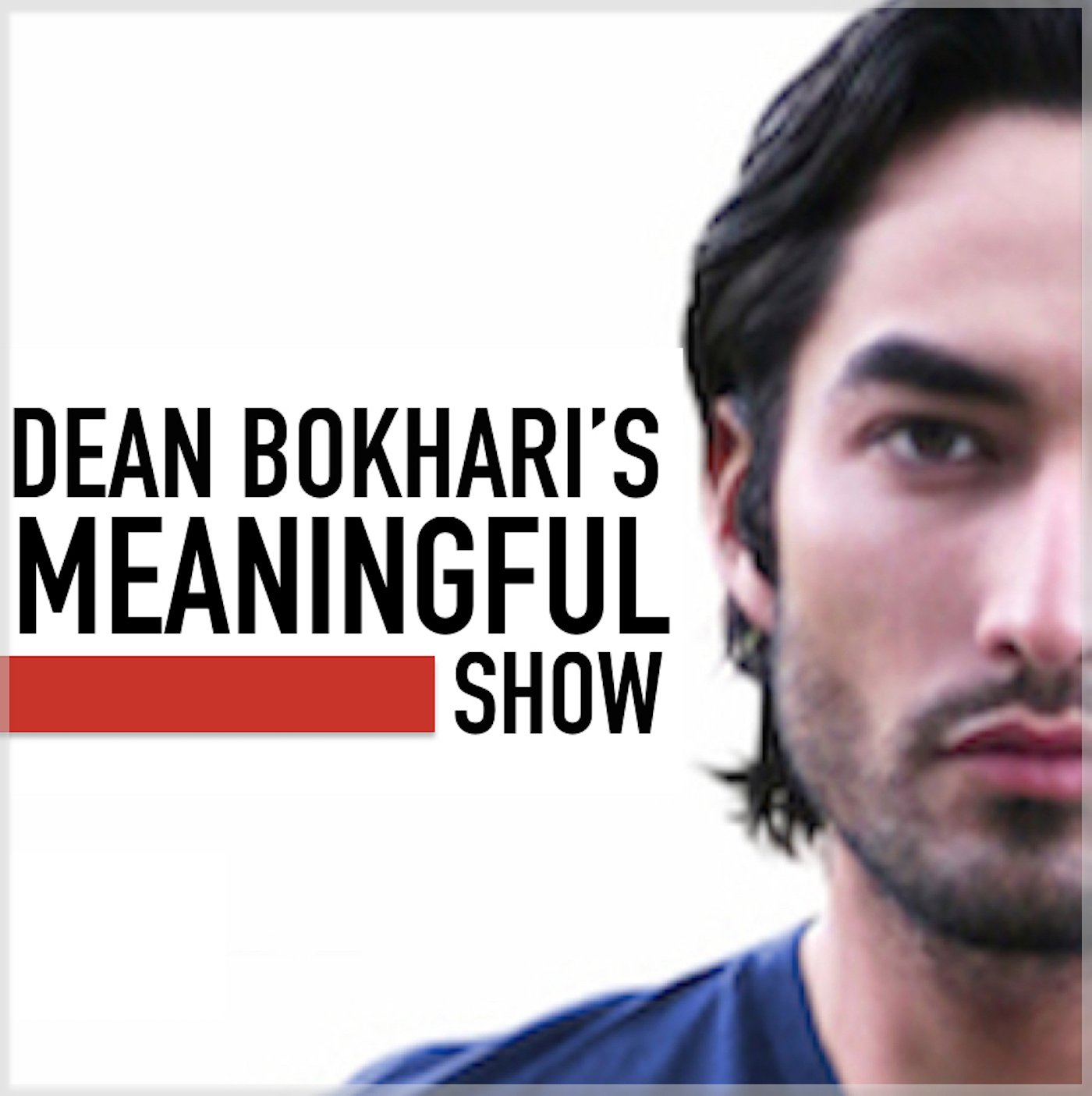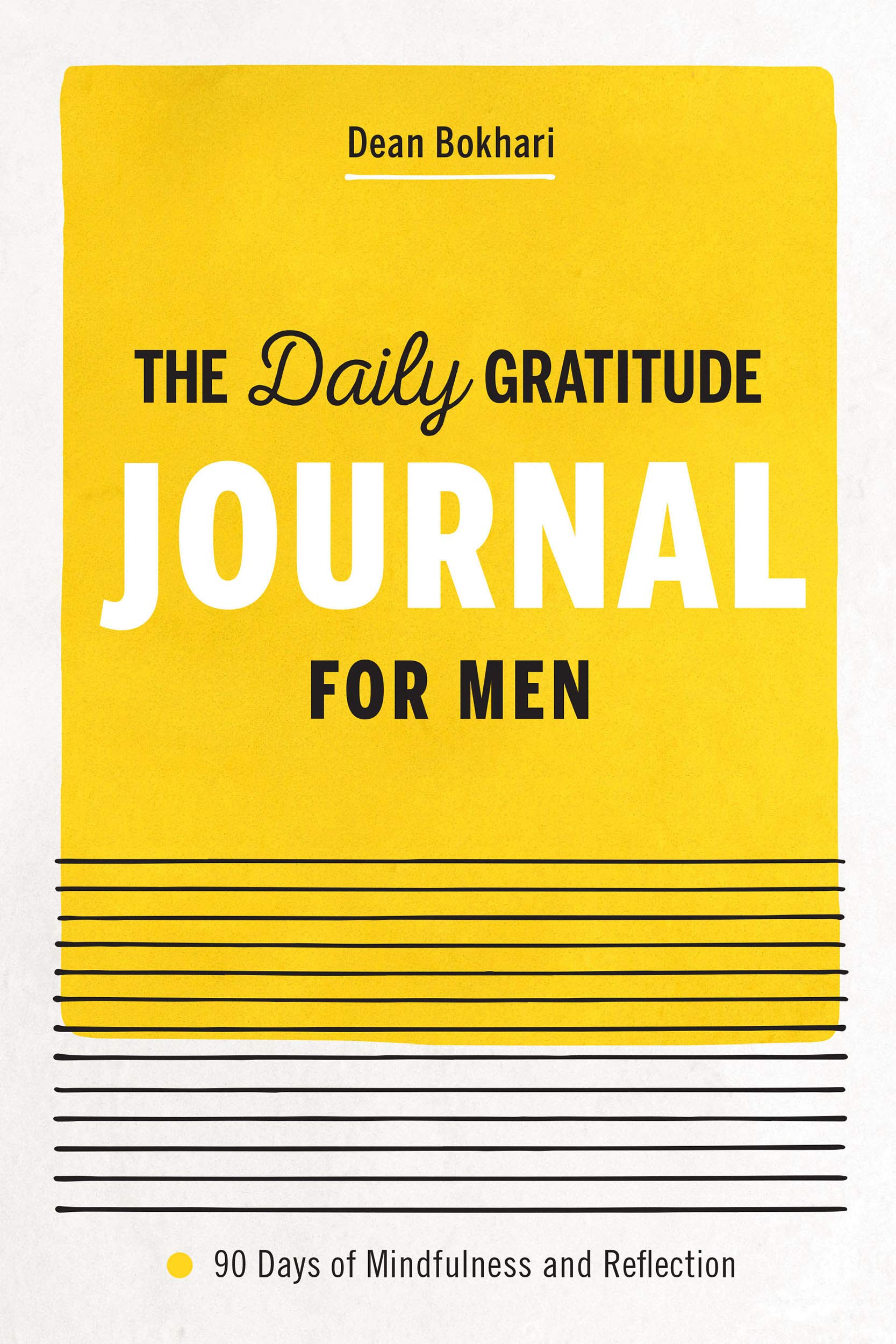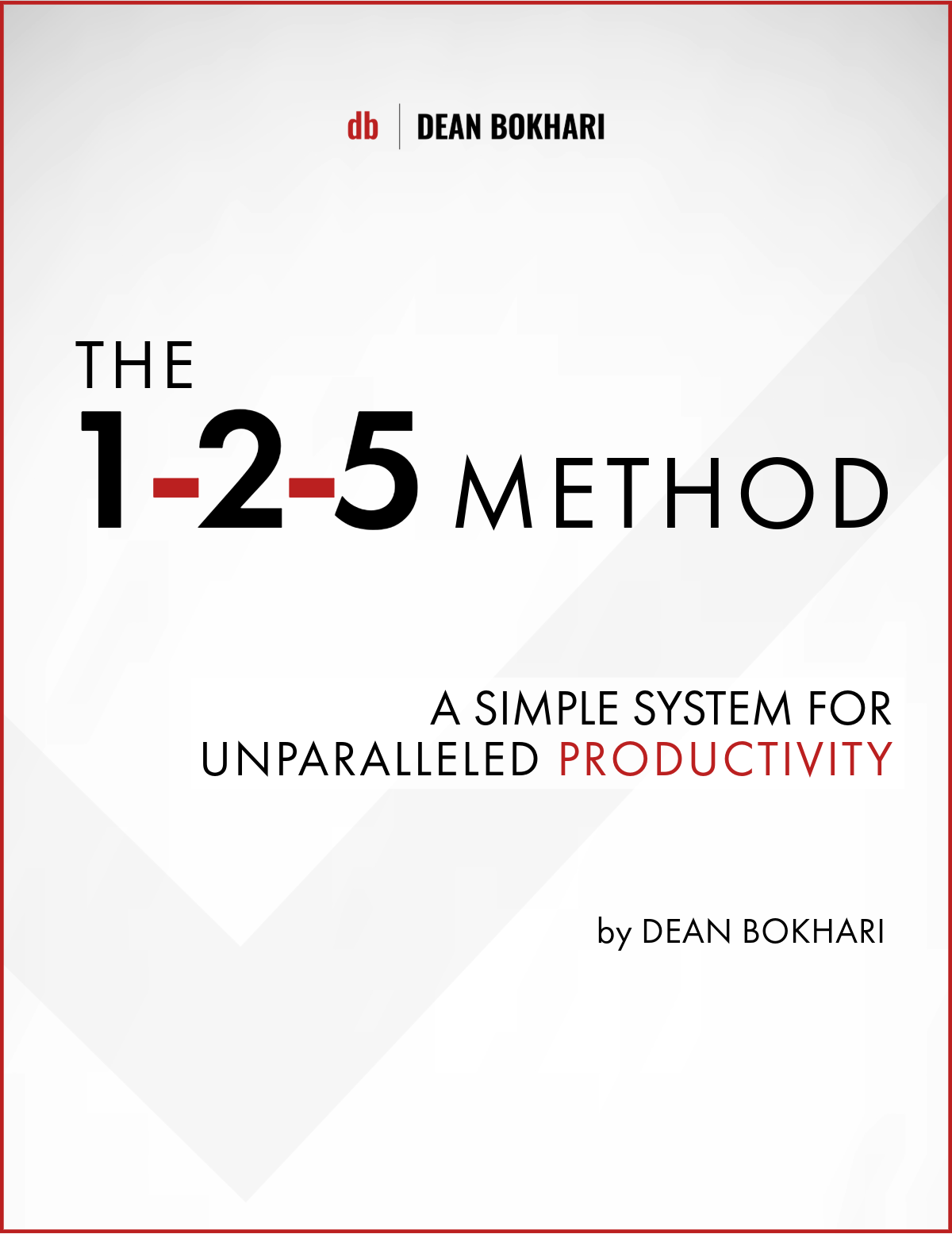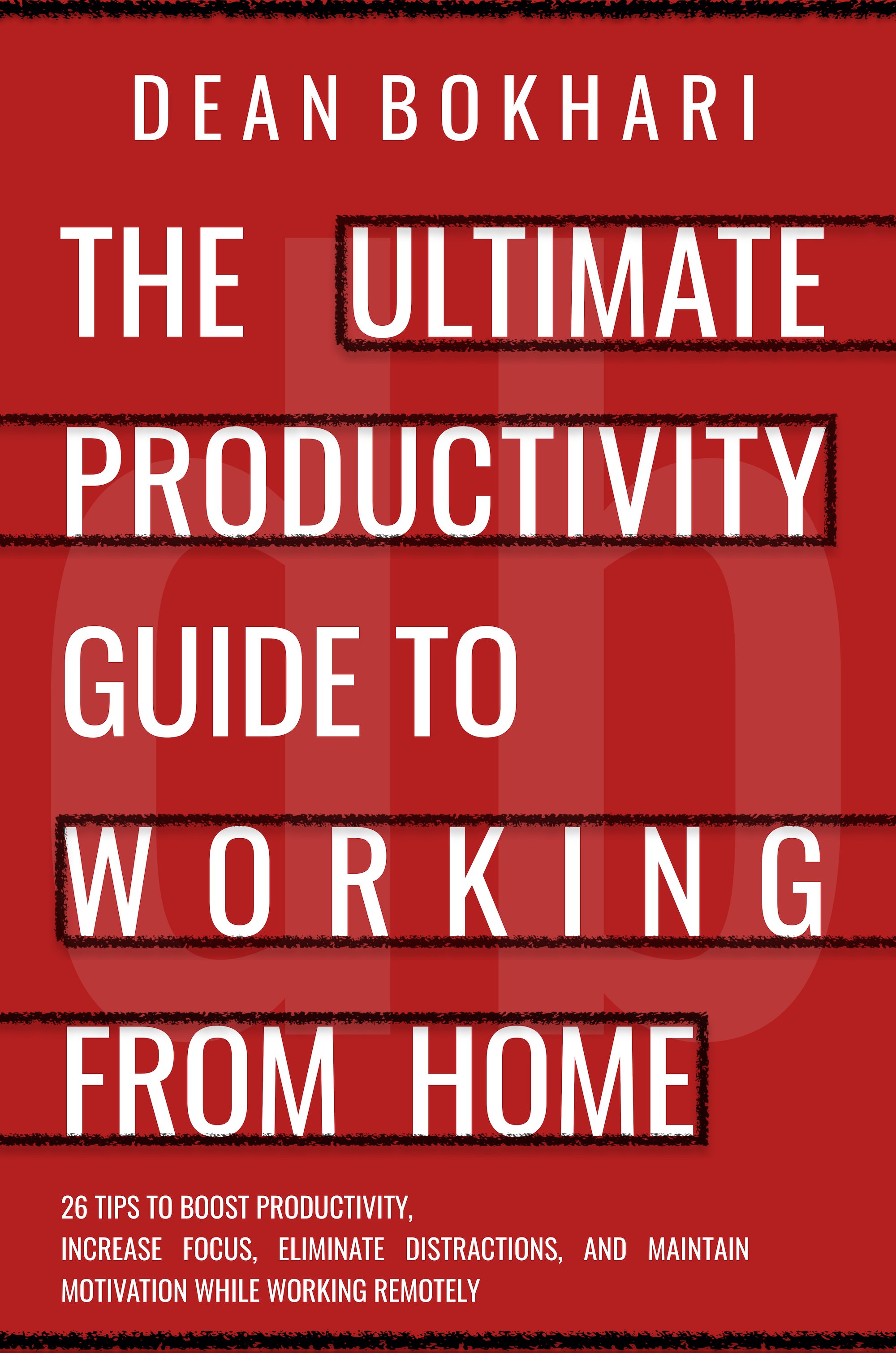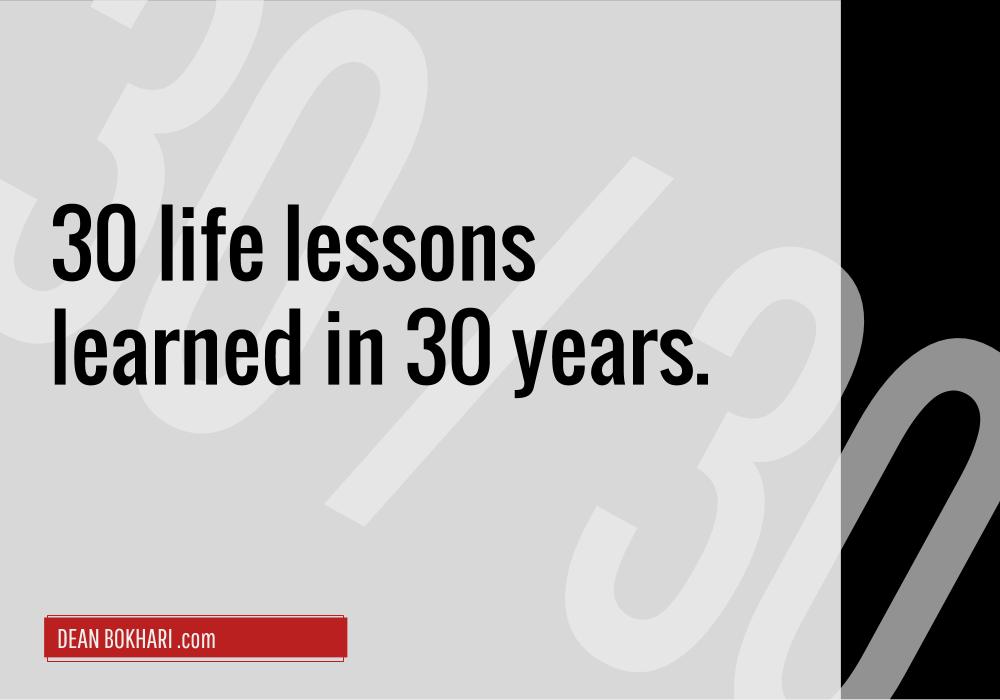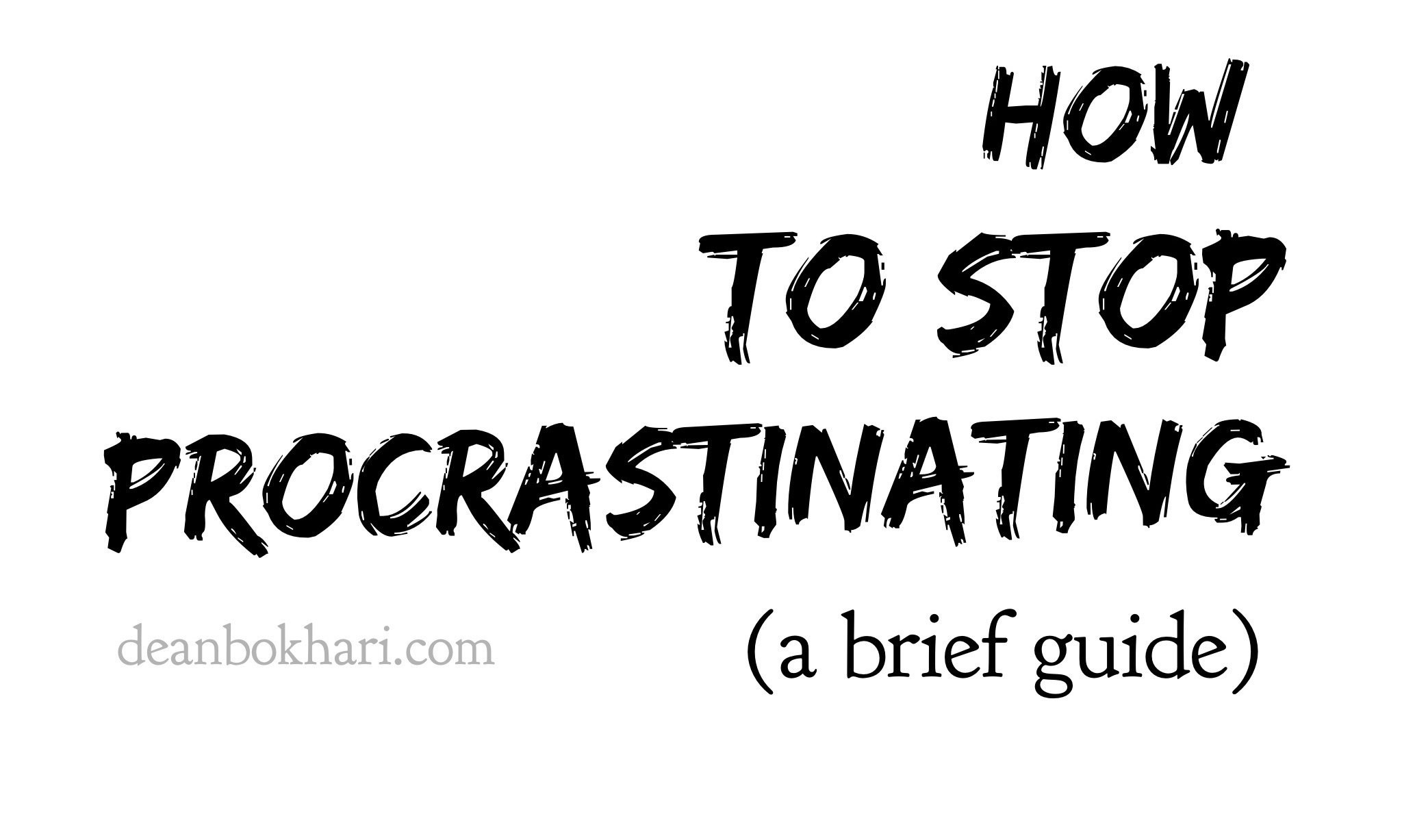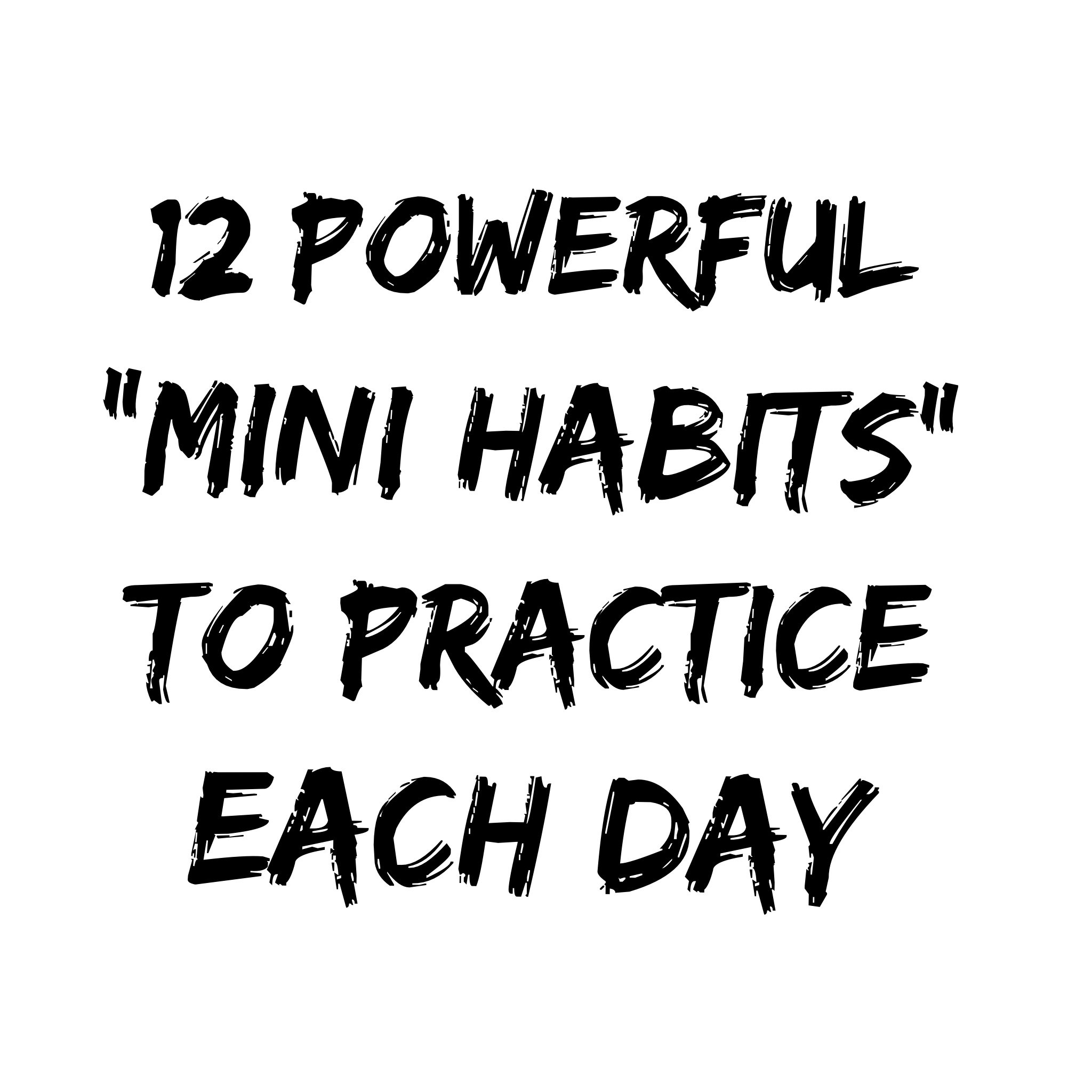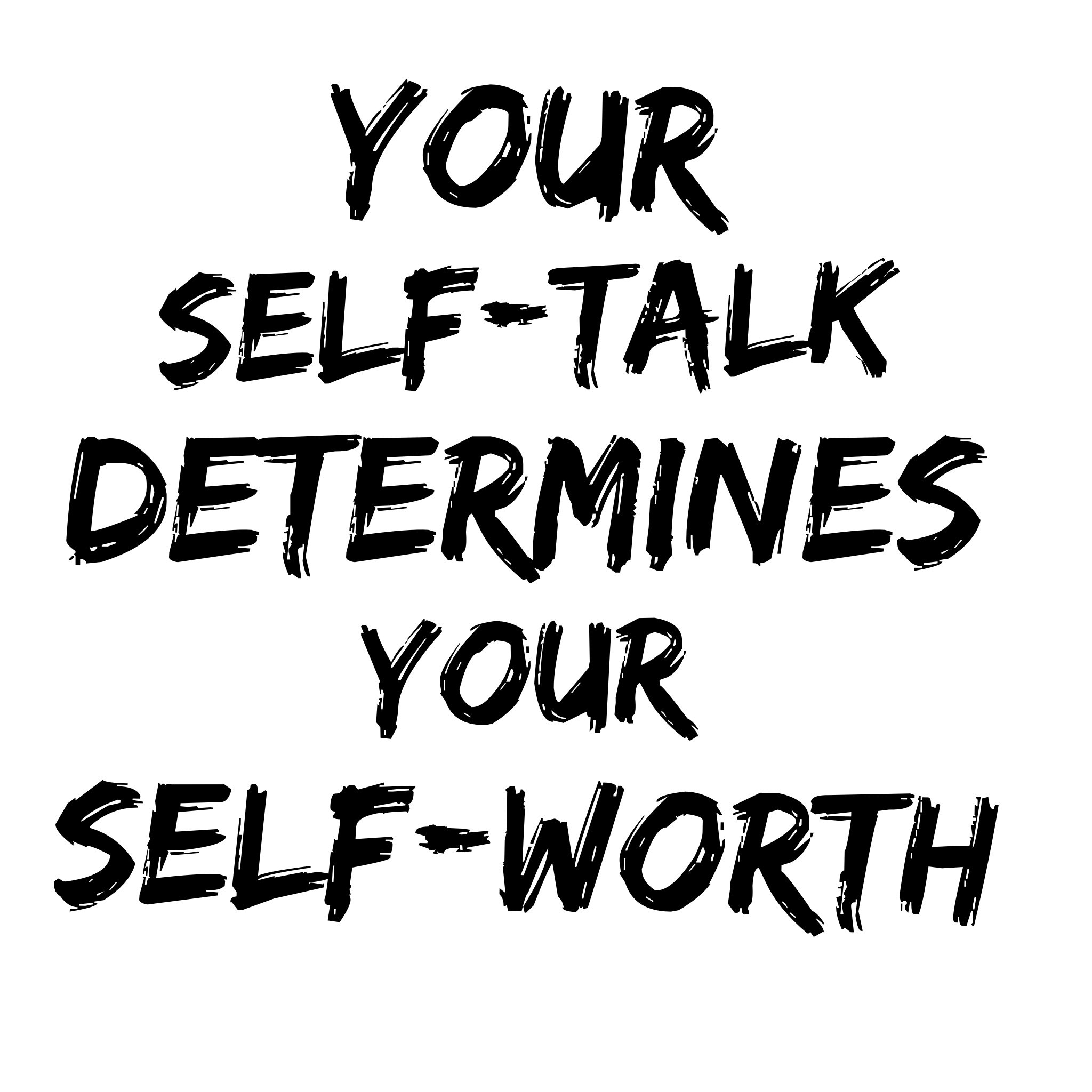Book Summary : Leaders Eat Last
Why Some Teams Pull Together and Others Don't by Simon Sinek
Author: Simon Sinek • Book Summary by Dean Bokhari
The main message of Leaders Eat Last is simple -- the buck stops at the leader’s desk. In other words, those of us that lead may not always understand the impact that our leadership roles actually have on those we lead.
Listen to this book summary on audio
The depth and breadth of leadership cascades down from the executive board to management, which in turn cascades down to the soldiers that march in and out of the battle field of the organization on a daily basis shaping the culture of the environment… which comes full circle back up to the one that leads, as a direct reflection of his or her leadership.
Watch this book summary on video
Summary in a tweet: empathy & trust are the keys to #leadership - show it to those you lead, and it will be reciprocated. (click-to-tweet)

3 Key Insights From Leaders Eat Last:
#1. Cultivate your "circle of safety"
“The whole purpose of maintaining the Circle of Safety is so that we can invest all our time and energy to guard against the dangers outside. It’s the same reason we lock our doors at night." - @simonsinek // grab the full book summary here
Sinek’s Circle of Safety tells us that we should focus on helping each other rather than “one-upping” each another to make management happy. It also tells us that when we know + trust that the people inside the Circle of Safety will look out for us and protect us from the dangers of the outside, we’re more likely to freely exchange information and ideas that will move the organization forward vs keep things to ourselves because we’re afraid someone might “steal” our idea.
So, what’s amongst one of the biggest habits you can develop in order to cultivate your Circle of Safety?
In a word... EMPATHY.
Empathy is a crucial commodity these days, and we need leaders like Johnny Bravo in our corporations and companies; in our businesses and organizations… To truly lead. Because when people know that their leaders are providing protection from above, they can work hard on the ground, without being concerned about the dangers of the outside. (Empathy = the ability to recognize or share the feelings of another.)
- Treat your employees with respect and dignity and you’ll see the benefits (as results) in every dimension of your life and business.
- A core tenet of workplace management, human relations, leadership, and basically everything else in life, is that when we feel hopeless and devastated (like many of us do with our work situation) about some area of life, and we feel like we have no control, then the result is rarely positive (at least until we overcome it).
AUTONOMY MATTERS.
Lack of control at work = stress + emotional strain. One in three employees considered leaving their jobs in 2010-2011 (according reports from consultancy firm Mercer, LLC). This tells us two things:
ENVIRONMENT IS EVERYTHING.
- When the environment at work is one of encouragement, and one that meets the basic human needs to live, to learn, to feel valued and significant, we do more than just survive — we thrive. We soar higher than expected. It’s the leadership’s responsibility to set up the right conditions/environment for this to happen. We do not have the power to “change people”. We must enhance the environment. “Change” —whether good or bad — is the result of environment. And if we want to see “change” — we need to focus less on ourselves and more on others/“the team”/organization/etc…
get more business + leadership book summaries at getflashnotes.com >>
#2. Get to know your "happy chemicals"
“Some believe we should always put others first—that if we don’t look out for the group, the group won’t look out for us. Others believe we should always put ourselves first and that if we don’t take care of ourselves first, then we would be of no use to anyone else. The fact is, both are true." - @simonsinek // grab the full book summary here
Based on the quote above, Simon sets the stage for an all out analysis on why we do what we do. And with his background in biology + anthropology, he starts explaining what makes us tick through the four chemicals in our bodies. 80% of the book is based around these four chemicals and how they drive those of us in leadership roles.
Get to know the four “happy” chemicals in your brain + body >>
- Endorphin: the pain-masking chemical
- Dopamine: the goal achieving chemical
- Serotonin: the leadership chemical
- Oxytocin: the chemical of love
We have four chemicals in our bodies that work towards driving our behavior.
Simon calls the first two “Selfish” and the second two “Selfless”.
- "Selfish" chemicals: Endorphins and Dopamine. These work to help us get things done.
- “Selfless” chemicals: Serotonin and Oxytocin. These work to help strengthen our social bonds, fostering connection and collaboration.
Endorphins & Dopamine
|
Endorphins + Dopamine are the chemicals of progress, as they make us feel good when we achieve goals and accomplish various things. So what’s the problem? Most leaders operate with fear-based tactics like |
|
the old “command + control” model of management — which has not only been proven NOT to work, but has also been shown to spike our egos and get dopamine surging through our bodies. This often making US feel good at the expense of others. And that’s bad. Really bad. It’s so bad that it usually bites us in the butt… What’s worse, Endorphins + Dopamine are highly addictive.
Endorphin [the runner's high]
Ever hear of a “runner’s high”? That’s just endorphin surging through your body. It’s there to mask the pain we’re putting our bodies through when we beat up our muscles in the gym, or run for long periods of time. Endorphin was useful back in the paleolithic era when hunters would go all day long in the grueling heat or freezing cold, hunting for food… Endorphin would kick in at just the right time to mask the pain and make us feel good enough to get our bodies to keep moving, and eventually, to capture the prey… It’s likely that hunter-gathers became addicted to hunting, much like some of us become addicted to weight-lifting.
Diggin' this? Grab the full book summary for $1 >>
Dopamine [the goal-achieving chemical]
Dopamine is the dangerous chemical — but only when abused. Cocaine, nicotine and alcohol all send dopamine surging through your system.. The reason we get addicted to this stuff is because it provides near-instant gratification/pleasure — which, again, is just dopamine making you feel good.
You know what else sends dopamine surging through your system?
A sense of completion [that extra burst of feel-good vibes that arise when we're approaching the finish line].
Achieving Goals.
Completing Tasks.
Getting things done...
The gratification of crossing off that jar of almond butter on your grocery list.
Sponsor content

Looking for a great way to reward your team? Try uniform custom lanyards. People appreciate customization, and your employees will too. You can create custom lanyards with your company's branding, logo, slogan, employee names, employee images, and more. You can also honor your top performers with a custom lapel pin design that includes their image and the company logo. Recognizing your employees makes them feel a sense of purpose when they walk into work. And these custom pins are a great way to do that.
That awesome feeling you get when you click that little box and see the check-sign show up on your favorite productivity app.
Dopamine is that compelling force that makes you feel like you absolutely NEED to reply to that little buzz, bing, or flash coming from your phone, notifying you of that text you just got from Lucy ... and regardless of how many miles over the speed limit you might be driving in -- by golly you'll nudge your thumb towards that little green icon marked 'messages' and reply to that text you just got from Lucy, regardless of much of a drunk it makes you look like on the road, because you just feel uneasy if you don't. This reaction is the result of your good friend dopamine surging through your body in anticipation of achieving some task; which, in this case happens to be reading and replying to that text... even if you have to put yourself at risk of getting into an accident to do it.
Dopamine isn't always rational.
Dopamine was put into place by Mother Nature to incentivize us to move forward with what we’ve committed ourselves to doing by giving us little bursts or “hits” of the dopamine chemical whenever we take a small step towards achieving a desired outcome of some sort.
The problem though, is that even the “good” things about dopamine can get addictive.
For example, consider your to-do list...
Do you add obviously easy tasks to the list just to make it seem like you're getting stuff done? I know I do.
I remember going grocery shopping recently with a list of items to get, and as I was strolling down the aisles picking up my goodies, I saw almond butter on the shelf and remembered that I'd actually forgotten to add it to my grocery list... no problem. I grabbed it and put it in my basket -- and then I wrote 'almond butter' down on my grocery list and crossed it out.
Why'd I do that? Because I've become addicted to the short burst of dopamine that results from checking tasks off of my to-do list - regardless of whether it actually makes any logical sense for me to do so... that's dopamine.
Like audiobooks? Get an audiobook on me + a free 30-day trial of Audible.
Serotonin & Oxytocin
Serotonin + Oxytocin are the chemicals of contribution, trust + belonging. When we include these two chemicals in our 4-way cocktail, the result is a healthy (and necessary) synergy that results in more cooperation and more collaboration… but those are just poo-poo office words to some people. “What about the tangibles”, they say. Well, if you’re looking for measurable results and “tangibles” that show up in the “numbers” — you’ve got to STEP AWAY from the spreadsheets and the computer screen; you’ve got to get out of the board room, you’ve got to do more than blast off a memo here and a memo there — you’ve got to show em’ that you care and show em’ that you’re there. You’ve got to be there not as a cheerleader for the good times, but as a leader that gives a damn - regardless of the peaks and valleys of the economy.
How Do We Put These Warm & Fuzzy Chemicals To Use?
Sinek tells a great story about a company named Barry-Wehmiller, and their losing battle against a series of economic blows that sent the company tumbling into a financial crisis they just couldn't shake.
Although they were advised to begin instituting massive layoffs to keep their business above ground and help them weather the economic storm - they kept pushing back and refusing to sacrifice their employees in hopes that they could come up with something - anything - that could help them survive this financial hardship and continue to provide the members of Barry-Wehmiler with the job-security they deserved.
Unfortunately enough, the day eventually came when they were left with no other choice but to start laying people off..
Until someone came up with a better idea....
{Side note: do you notice how lay-offs were an absolute last resort with this particular company, as opposed to a quick-fix resolution that CEOs of today jump at without a flinch or hint of hesitation?}
The CEO of Barry-Wehmiller, Bob Champan, decided that he wouldn't be going down the same road most of his peers - both past and present - usually tend to go down when face with similar situations, which is a massive onslaught of lay-offs in the name of "balancing the books"... This particular CEO however, cared about his people and he decided to demonstrate that by coming up with an idea that would avoid lay-offs -- and even bring the organization closer together in the process.
Want to know what he did? He instituted a ‘furlough’.
This means that every employee (CEO included) was required to take four unpaid weeks off from work per year in order to balance the inevitable financial blows that threaten the survival of any thriving business or company. Sounds pretty simple, doesn't it? Everyone takes four weeks of unpaid vacation time and the company becomes stable again. Boom.
After reading about this furlough idea, I couldn't help but think "Wow. Duh. Why haven't more of us thought of that idea?"
And then I realized why it's so important for leaders at every level to read this book -- Leaders Eat Last is more than just a catchy title filled with inspiring stories -- it's a testament to the few true leaders in the business world today, and a blueprint filled example after example of how these principles of conscious, caring leadership can be cultivated and applied in the modern businesses of today.
Because of leaders like Bob Chapman, who refused to let his people go when his company hit hard times, the people in the company came together as a unified team to see to it that the organization would make it through the tough times and prosper once again.
And it all began with one person: the leader.
#3. Become a long-term leader
"Good leadership is like exercise. We do not see any improvement to our bodies with day-to-day comparisons. In fact, if we only compare the way our bodies look on a given day to how they looked the previous day, we would think our efforts had been wasted. It’s only when we compare pictures of ourselves over a period of weeks or months that we can see a stark difference. The impact of leadership is best judged over time." - @simonsinek
// grab the full book summary here
I love that little nugget of wisdom… Leading for the long-term is a win-win-win for everyone because short-term fixes, though they may seem like the best decisions at the time, are nothing more than shortsighted means of immediate gratification. And when so many CEOs only hold their positions for no more than a few years, they base their decisions on their OWN best interest for their OWN short tenure as leader of the organization.
In other words, when Mr. Joe the CEO leaves his position after only three years — he’s more concerned about short-term gain at the cost of the company’s long-term health and prosperity. It’s selfish.
Why the "Welch-Way" is the Wrong Way
Sinek solidifies his argument that leading for long-term is better than leading for the short-term by comparing two such leaders of two large organizations — both of which you’ve probably heard of:
- The short-term leader: Jack Welch, former CEO of General Electric
- The long-term leader: Jeff Sinegal, former CEO of Costco
Sinek compares GE vs Costco by measuring profits via the rise and fall of their stocks, and then connecting those ebbs and flows to the decisions made by the leadership.
Here’s what he found:
GE / Jack Welch / Short-term leadership:
- Profits at GE were like a roller coaster ride due to irrational decision making without regard for long-term implication
- Every year Jack would fire the bottom 10% of his managers at GE to balance the books
- GE did indeed make profit, but it was more like rolling the dice and gambling with lives of employees for selfish gain — this is not strategy, this is a man on high on dopamine
Costco / Jeff Sinegal / Long-term leadership:
- While Welch was striking fear into the hearts of his managers, Jeff Sinegal was concerned about giving his employees a raise — at a time when the US was in an economic crisis… Sinegal would say that they should be helping the employees in bad times, not letting them go.
- Costco’s stock was (and still is) stable and predictable — nothing exciting about it, just great, clean, predictable progress, performance and profit… when you’re the 2nd largest retailer in the country, predictability is better than spontaneity.
Final note
It’s also worth noting that he used almost every major financial institution as an example of corruption (Merryl Lynch, Wells Fargo, Citi Group, etc) … which I see as no surprise, as most of them are aberrant by design, but we won’t get in to that here. Sinek also dives into example after example of how major corporations, like Goldman Sachs lost touch with what originally served as the foundation of their success. This happens when the leadership sets up an environment that is the very opposite of the Circle of Safety, pitting employees against one another, which in turn sets up a scarcity-based “me-first” mentality that places priority on profits before people. Bad.
But it wasn’t all negative. In fact, almost every example of bad leadership was contrasted with an example of leadership one can aspire to strive towards becoming. Organizations like NextJump, 3M, and even the Marines were applauded as extraordinary examples of cooperation, collaboration, and creativity… and they weren’t just canned stories either. Many of them were stories of leaders (with and without formal authority) who exemplified the character traits, values and ethics that most of our so-called leaders of today could learn a thing or two from.
Though there weren’t any new principles introduced in this book — the traditional leadership theories of yesterday were updated with examples and stories that illustrate the reality of workplace conditions today. And most of the principles were delivered with near-flawless impact. The Circle of Safety is very similar to Dr. Stephen Covey’s ideas, who, as Sinek mentions in the acknowledgements of his first book Start With Why, influenced him quite a bit… BUT, if you look at who originally influenced much of Dr. Covey’s work, you’ll find that a great deal of it originates from books written by Peter Drucker. And if you look into who influenced Peter Drucker (which I haven’t), you may find that many of his ideas came about as a result of someone else’s influence.
The bottom line is, that very few ideas are actually “new”, but the way in which they’re actually presented is often worth reframing for the times. That said, Sinek has done a stand up job at crafting stories based on real-life studies and situations that drive his points into the “heads and hearts” of the reader… they certainly did for me.
Like This Book Summary?
LIVE LIKE YOU GIVE A DAMN,
Dean Bokhari
- If you find the podcast helpful, please rate + review it on Apple Podcasts »
- Got a Self-Improvement question you'd like me to cover? Submit it here »
"Dean Bokhari's Meaningful Show is the Self-Improvement Podcast I've been
waiting for. It's actionable, inspiring, and BS-Free." —Brett Silo
✨ New Series: How to Become an Early Riser
- Discover key methods to make early rising a habit
- How to wake up early + energized every morning
- Morning routines for health + success
Free self-development courses
👇
Tap on any of the courses below to start learning how to:
- boost your productivity (withGTD),
- get focused (with Deep Work),
- design a successful + fulfilling life (with The 7 Habits course),
- or learn the art of influencing others (with the How to Win Friends & Influence People course.)
All for free.
👇
Free life guides
👇
Best-selling Self-development courses by Dean Bokhari
Kill procrastination.
|
Get stuff done.
|
Get motivated.
|
Connect with anyone.
|
freshly pressed:
Top Audiobooks narrated by Dean Bokhari on audible | |
Book summaries
- The Power of Habit by Charles Duhigg
- 12 Rules for Life by Jordan B. Peterson
- Presence by Amy Cuddy
- Leaders Eat Last by Simon Sinek
- The ONE Thing by Gary Keller, Jay Pasan
- Deep Work by Cal Newport
